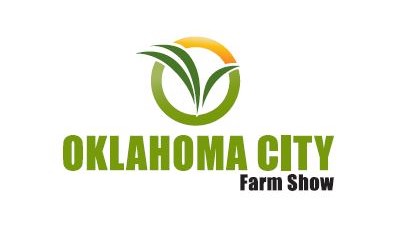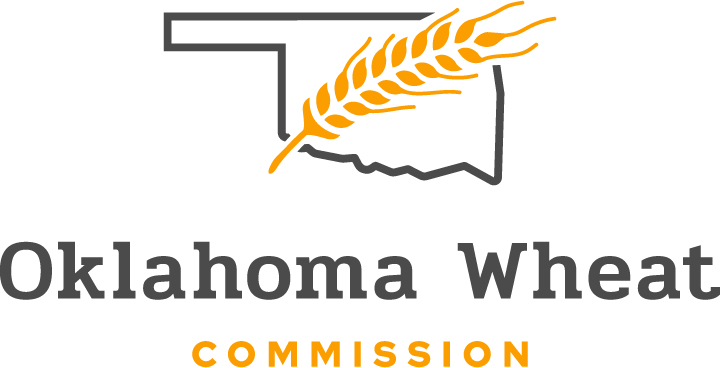
Agricultural News
Noble Foundation Helps Launch National Cover Crop Initiative- Designed to Develop New Cover Crops Across the US
Wed, 22 Mar 2017 10:36:11 CDT
 The Foundation for Food and Agriculture Research (FFAR) and The Samuel Roberts Noble Foundation launched a national cover crop initiative today during a special press conference at the National Press Club in Washington, D.C.
The Foundation for Food and Agriculture Research (FFAR) and The Samuel Roberts Noble Foundation launched a national cover crop initiative today during a special press conference at the National Press Club in Washington, D.C.
The $6.6 million research initiative, made possible by a $2.2 million grant from FFAR, will promote soil health through the development and adoption of new cover crops across the United States.
"The Foundation for Food and Agriculture Research is committed to improving the nation's soil health, which is essential to ensuring a productive and sustainable future for food and agriculture," said Sally Rockey, Ph.D., executive director of FFAR. "We look forward to working with the Noble Foundation and a talented team of researchers to develop better-than-ever, soil health-promoting cover crops that will contribute to thriving farms across the United States."
Cover crop is a term applied to a number of plant species that farmers, ranchers and landowners may plant to help manage soil erosion and fertility, preserve moisture content, and control weeds and diseases. "Cover crops play a significant role in sustainable agriculture practices," said Bill Buckner, Noble Foundation president and chief executive officer. "The Noble Foundation has been a leader in developing forages (grazeable plants for livestock) and new cover crop varieties since the 1950s. It's only fitting to help further research advancement in this area at the national level, which is made possible through the FFAR grant and our team of collaborators."
The initiative will bring together many collaborators, including representatives from the seed industry, the U.S. Department of Agriculture-Agricultural Research Service (ARS) and Natural Resources Conservation Service (NRCS), three land grant universities, and an existing Legume Cover Crop Breeding Team, comprising another six land grant universities, ARS sites and a producer network.
The focus of the initiative will be to identify cover crop species with the greatest potential to improve soil health and evaluate such species over a broad geography within three groups: small grains (wheat, rye, oat and triticale), annual legumes (hairy vetch, winter peas and clovers), and brassicas (turnips, radishes, kale and mustards).
"The majority of cover crops are forages," said Twain Butler, Ph.D., Noble Foundation research agronomist, who will serve as the project manager. "We will work with seed companies, a broad network of researchers and producers, and other evaluation sites to assess, evaluate and develop a broad solution to impact agriculture and soil health across a significant portion of the United States. Our goal is simple: to get new cover crop solutions into the hands of those who use them or will be using them."
The project is not limited to traditional breeding and evaluation. Engaging both producers and industry, researchers will also seek to identify and introduce key traits that can improve crop performance and soil enhancement. Additionally, scientists at the Noble Foundation will utilize advanced breeding techniques which have traditionally been limited in application to high-value, row crops to bring new and value-added characteristics to cover crops.
"The American Seed Trade Association and its member companies look forward to supporting this important effort to bring together nationwide screening and evaluation of cover crops with advanced plant breeding tools," said Andrew LaVigne, ASTA president and chief executive officer. "This initiative is a key step in helping foster the next generation of cover crop innovation."
Field trials will be conducted at five strategic sites to assist with cover crop evaluations: Maryland for the northeast, North Carolina for the southeast, Oklahoma for the Southern Plains, Nebraska for the Northern Plains and Missouri for the Midwest. "These sites have experience in cover crop evaluation and will allow us to effectively screen each species and variety for its effectiveness, its role with other crop mixes, and its range of adaptation," Butler said. "These sites will also illustrate the use and effectiveness of cover crops for the purpose of sharing our findings with regional agricultural producers."
Short-term goals of the research are to identify the best cover crop species and varieties currently available through evaluation and screening, promote them to farmers and ranchers, and increase effective options within the marketplace. "Each collaborator has past and current research on cover crops," Butler said. "This research complements existing efforts and allows us to focus more on improving soil health with cover crops. We also want to know what the agriculture industry and producers need so we can match those needs with our capabilities to produce better varieties. One variety won't fit everyone; we're here to better meet their needs."
Researchers will share results from this project with the public through national meetings and peer-reviewed publications. Certain outcomes, including molecular markers, will be made available through publication and publicly accessible databases.
WebReadyTM Powered by WireReady® NSI
Top Agricultural News
More Headlines...




